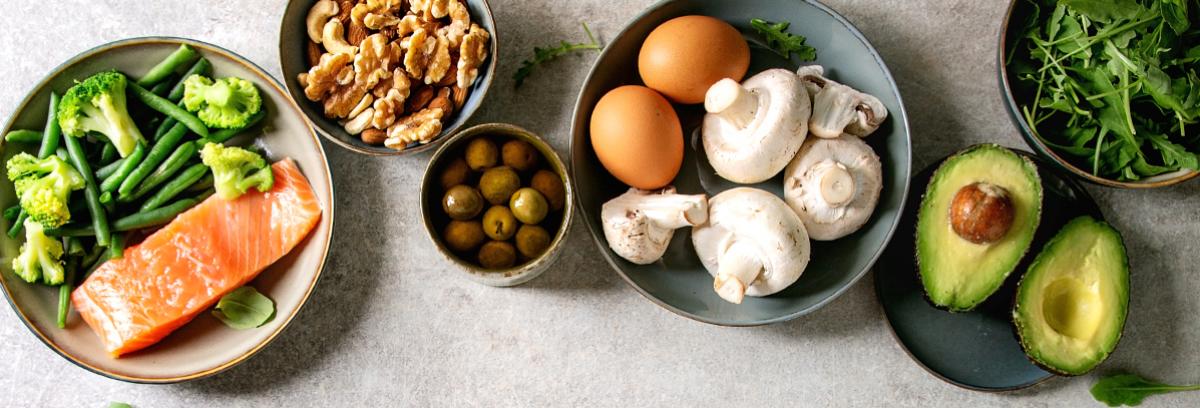
CREATING BALANCED, NUTRITIOUS LUNCHES
January 22, 2021
|
7 min
CREATING BALANCED, NUTRITIOUS LUNCHES IS SIMPLE WHEN YOU USE THE PLATE MODEL
With so many conflicting messages about nutrition and health, it can be difficult to work out what constitutes a 'balanced meal'. The good news is that there's a simple formula you can use to help your family find the balance they need for good nutrition. It's called "1, 2, 3" and it applies the principles of the "plate model" of healthy eating developed by nutritionists.

FIRST OF ALL, STOCK YOUR KITCHEN WITH THE RIGHT INGREDIENTS
The first step to creating balanced meals is to have the right ingredients in your fridge, freezer and pantry.
* Protein foods such as lean meat, skinless chicken, fish, seafood and eggs. Vegetarian options for protein foods include tofu and legumes (such as lentils, kidney beans and chickpeas). Protein is the building block of every cell in your body.
* Carbohydrate foods such as rice, pasta, bread, cereals, noodles and potatoes. Carbohydrates provide you with the energy your brain and muscles need to function properly. As far as possible, choose wholegrain or wholegrain-based foods for extra fibre.
* Vegetables include fresh, frozen and tinned vegetables. Vegetables provide a range of nutrients, such as dietary fibre and folate, while adding colour, flavour and texture to your meals. Imagine the food on your plate divided into six portions. Ideally, one portion should be a protein food, two portions should be a carbohydrate food and three portions of your plate should be vegetables.
THEN SET THE PORTIONS
Now that you've got the right ingredients, let's see how much of each you need. The portion recommendations for protein, carbohydrate and vegetable foods are based on the average needs of an adult. It's important to remember that the amount of protein and carbohydrate you need may vary according to your age or activity level. The portions we suggest on the right can be used as a guide.
* South Africans generally consume more protein than they need each day to meet their daily requirements. According to the Nestlé Rainbow Health Monitor, South Africans only need a small amount of protein at lunchtime. A portion of protein is the amount that fits in the palm of your hand, and this amount should correspond to about a quarter of your plate.
* Foods containing carbohydrates. About half of the energy we need each day should come from carbohydrate-containing foods. For dinner, a quarter of your plate should be made up of carbohydrate-rich foods such as pasta, bread, rice or potatoes.
* Vegetables. You need five portions of vegetables a day for good health, so three portions at dinner is more than half! One portion of vegetables is about half a cup, so three portions are 1½ cups. To put things in perspective, three servings should fill half your plate. It's important to include a variety of different-coloured vegetables at each meal so you can enjoy the different nutritional benefits of each.
* Nutritious, balanced meals are as simple as 1, 2, 3 when you use the plate pattern. Try using this method the next time you prepare dinner and you'll be eating a nutritious, balanced and delicious meal before you know it when you've had healthy snacks on other days of the week.